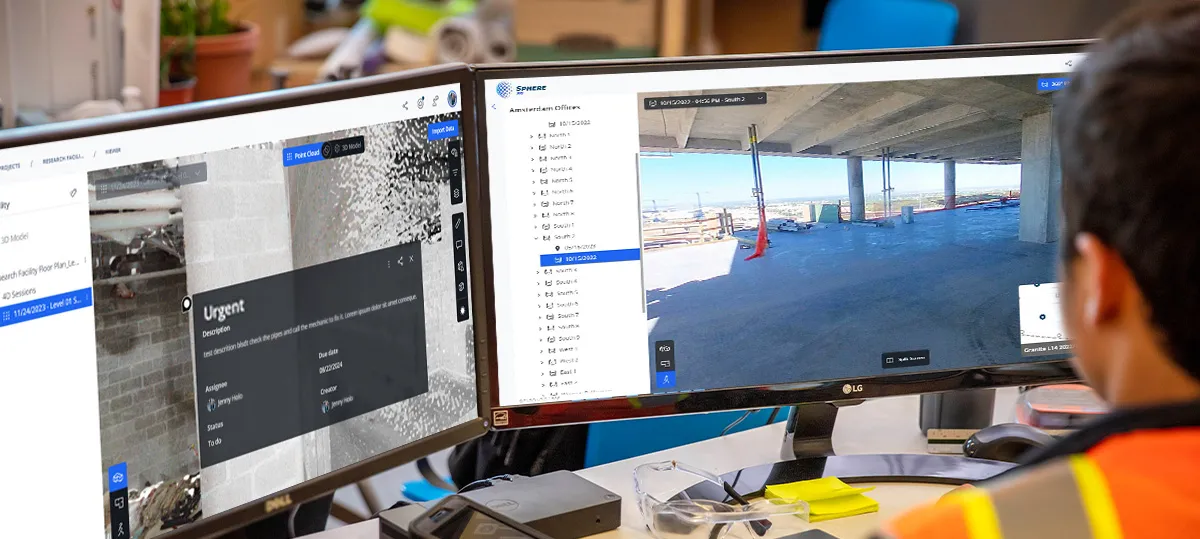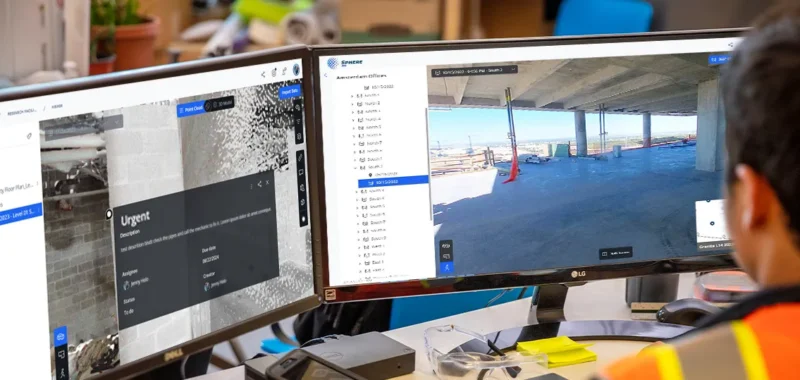Despite technological advancements and collaborative toolkits being introduced daily, one of the biggest hurdles firms today face is ensuring proper alignment and efficient communications between their geographically separated teams. Whether teams are several minutes or flights away from a jobsite, collaborating with separated teams is always challenging.
So, how can a digital jobsite help you overcome these barriers and eliminate information gaps between functions? How do you ensure smooth collaboration with stakeholders situated near and far?
We must first understand three barriers to remote collaboration to tackle these issues.
Top 3 Challenges Faced by Geographically Separated Teams
Challenge No.1: Delayed Response Times
With different team members scattered across different time zones, it becomes difficult to quickly get the answers you need from the right person. Calls, text messages, or emails go unanswered, causing avoidable delays and bottlenecks. Over time, this causes misalignment between teams and functions, leading to more serious administrative and construction issues.
Challenge No.2: Failure to Convey the Urgency of Matters
Practicing staggered and infrequent communications between onsite and remote teams usually leads to team members failing to understand or voice out the importance of specific issues. Without a consolidated source of truth, team members situated several hours away or even in different countries find it challenging to fully grasp every stage of development. This also makes it difficult to articulate and distinguish onsite priorities without being there physically.
Challenge No.3: Scattered and Incomplete Documentation
Aligning project documentation across onsite and remote teams solely through emails and ad-hoc markups often results in incomplete folders and archives. Poor communication compounds this situation, and firms relying on a mix of scattered physical and digital documentation are bound to face uphill challenges later. These include difficulties in developing accurate as-built documentation without leveraging technology. Ultimately, resisting innovation threatens to expose these firms to potential issues over regulatory compliance and reputational repercussions.
How Digital Jobsites Help Solve Them
Swift & Seamless Communication Across Borders
Whether remote or onsite teams, utilizing messages, personalized notifications, and tags is key to uniting everyone and ensuring the right message reaches the right person quickly. Quicker response times encourage speedier decisions and swifter implementation of change orders or adjustments where required. Leveraging a cloud-based digital jobsite allows users to raise issues, make recommendations, sign off, and approve onsite work not within hours or days but minutes.
Inch-Accurate and Context-Rich Virtual Site Tours
Instead of relying on 2D photos or PDF documents to align your various project teams at the usual progress meetings, digital jobsites allow visual tours to be taken anytime. Architects, contractors, stakeholders, and owners can traverse through high-definition 360° photos and obtain relevant information instantly, cutting down communication time to mere seconds. The added benefit of leveraging inch-accurate visuals with 360° photos is virtually obtaining measurements of specific project sections. This enables remote site inspections that result in quicker progress and reduces red tape for approvals despite the geographical separation.

Digitizing site documentation enables seamless democratization between multiple stakeholders and teams.
Permission granted by FARO Technologies
Detailed, Complete, and Cross Compatible As-Built Documentation
Digital jobsites like FARO Sphere® XG enable you to store and archive projects’ documentation neatly and intelligently. This ensures users accessing the platform can easily find the information they need. Adopting digital as-built documentation as the primary archiving method is also a serious time saver, as multiple formats – 2D photos, 3D point clouds, PDF markups – are now stored within a single project and chronologically sorted. A transparent and unified platform hosting historical as-built data comparable with intent models allows for fast retrievals and reproductions of project information. This serves a range of use cases, from payment requests to complying with regulatory obligations.
Conclusion: Digital Jobsites, Working Better Together, or Apart
As illustrated, digital jobsites are an innovative, multifaceted solution helping businesses bridge the collaborative gaps between on-site and remote teams. A digital jobsite allows for the efficient democratization of information while optimizing project visibility for all teams and stakeholders involved. As technologies improve, so will the features and services of these innovative tools. Construction firms who quickly adopt and integrate modern solutions across their teams are ultimately primed to reap benefits and gains in collaboration and productivity, placing them above the rest.

